In fashionable villa residences, recreating a mountain life scene is akin to conventional Chinese language literati portray. It doesn’t emphasize the meticulous depiction of goal particulars with beautiful brushwork method, however relatively focuses on expressing aspirations by objects, and feelings by surroundings. The unique architectural area is considered as a clean canvas the place one can draw and paint at will.
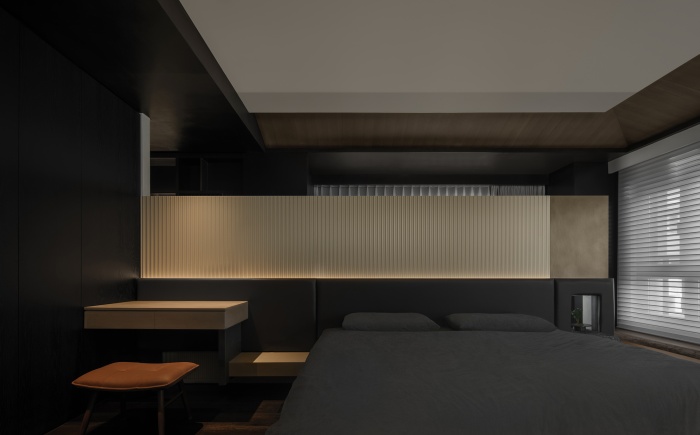

Bamboo is a major consultant of the Chinese language literati spirit. Within the Zijin No.1 Courtyard venture, Cui Shu makes use of bamboo because the thematic factor. With just a few strokes, he outlines the best way of life of dwelling in seclusion accompanied by bamboo.


Within the Music Dynasty, the favored idea of “city mountains and forests” demonstrated the need to include pure mountain dwelling scenes into city area.
After the Ming and Qing Dynasties, with the drastic compression of city area, having a “mountain” at residence turned an opulent aspiration. Subsequently, the strategy of “viewing partitions as mountains” appeared. On this venture, Cui Shu explores new expressions of “wall mountains”.
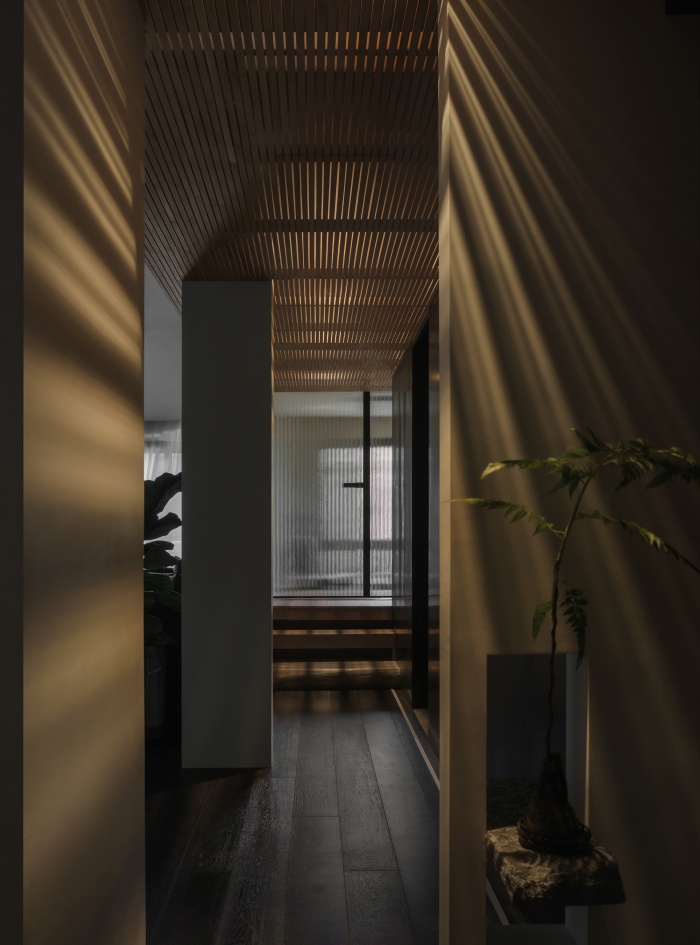

A protruding half-wall on the entrance visually narrows the hallway entrance, contrasting with the next roominess of the general public area inside.




Within the decrease a part of the half-wall, a small window is opened, by which a bit of black granite marble extends. The feel of the stone is preserved. Inserting a potted plant on it instantly evokes the imagery of a wall of mountains and forests.


As individuals transfer by the area, they view it from totally different angles, main to varied interpretations of the “mountain”.
Granite with pure textures is repeatedly used as cupboard panels and cabinets, counterpointing with the timeworn wood boards and including a contact of rustic allure to the room.
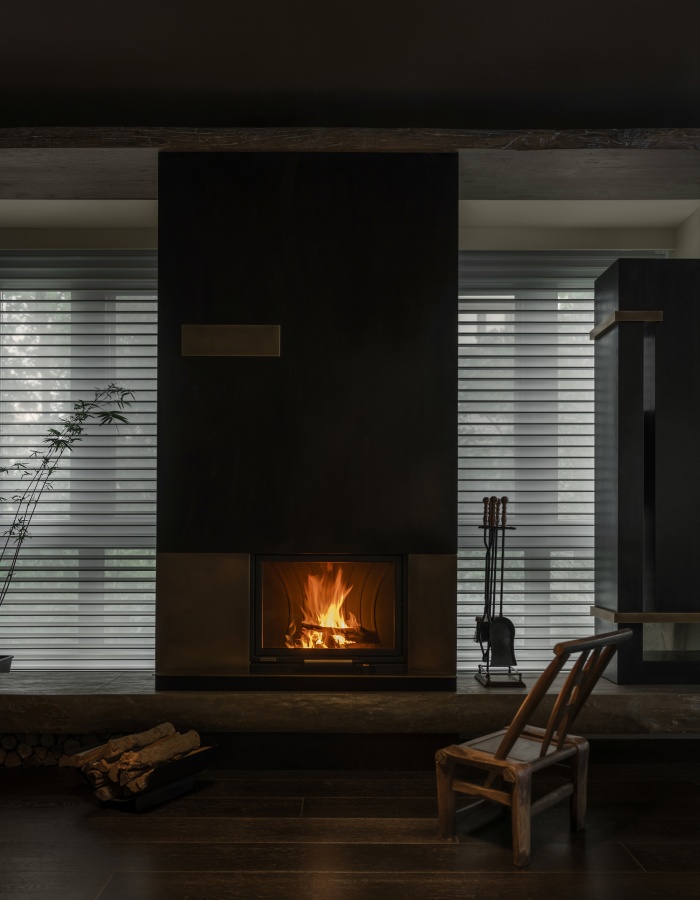

The stone, taken from the mountains, returns to the concept of overlapping peaks; the tree, a part of the forest, returns to the imagery of lush mountains. These components mirror the oriental philosophy Cui Shu tries to precise within the area.
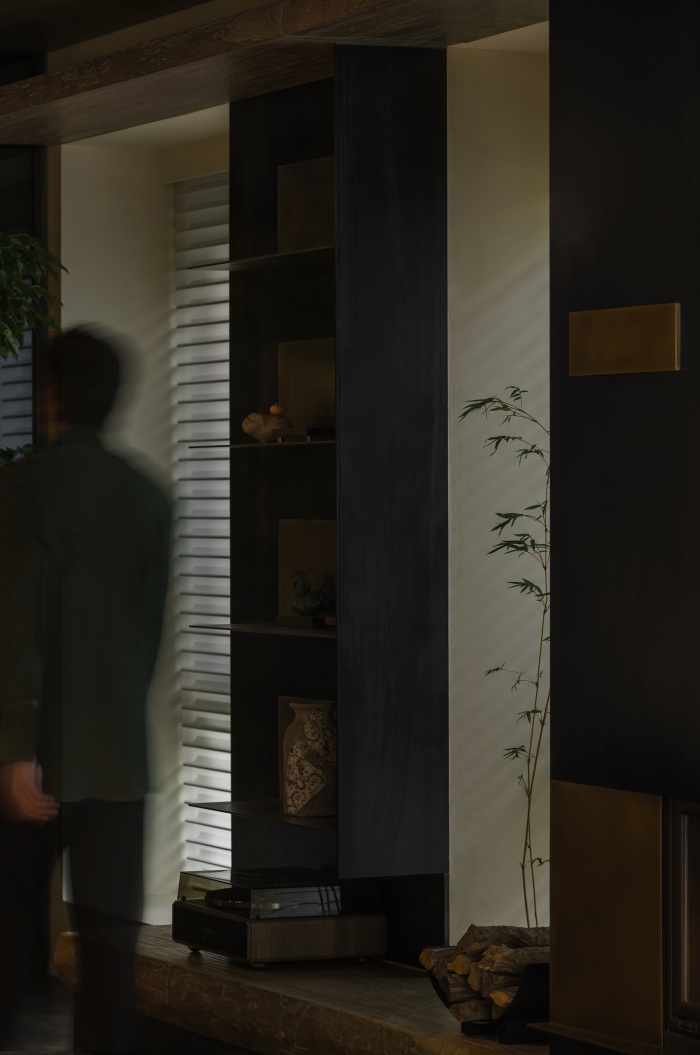

Chinese language gardens aren’t designed only for dwelling, but in addition as place to expertise altering surroundings and wander and play. Trendy residences are likely to divide area into particular person closed rooms by perform. To revive this wandering expertise, Cui Shu first opens up the comparatively enclosed rooms and re-links totally different open areas with “corridors”, creating various potentialities for wandering and viewing.


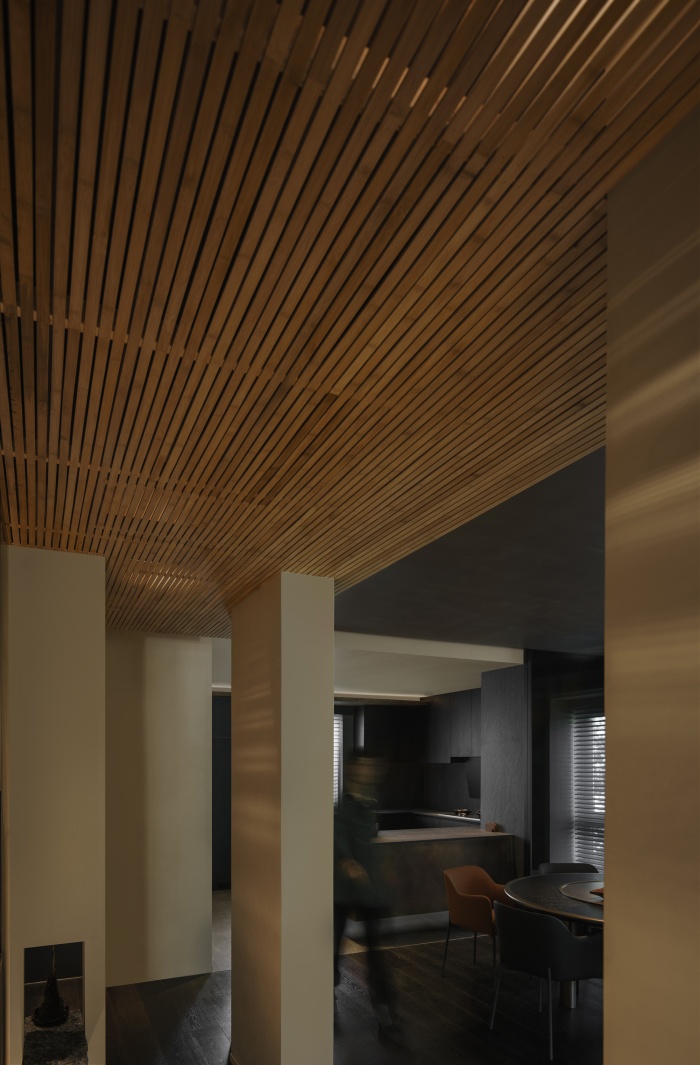

The lobby is parallel to the eating room, kitchen and lounge. Thus, the “columns” right here serve each as buildings and limits within the space.
The ceiling of the lobby is organized with skinny bamboo, intentionally including a way of quantity to the area. It appears to intersect with the lounge wall, strengthening the connection between the 2 areas and forming a refined steadiness with the clear supplies. With the sunshine casting from above, ambiguous shadows seem within the lobby.
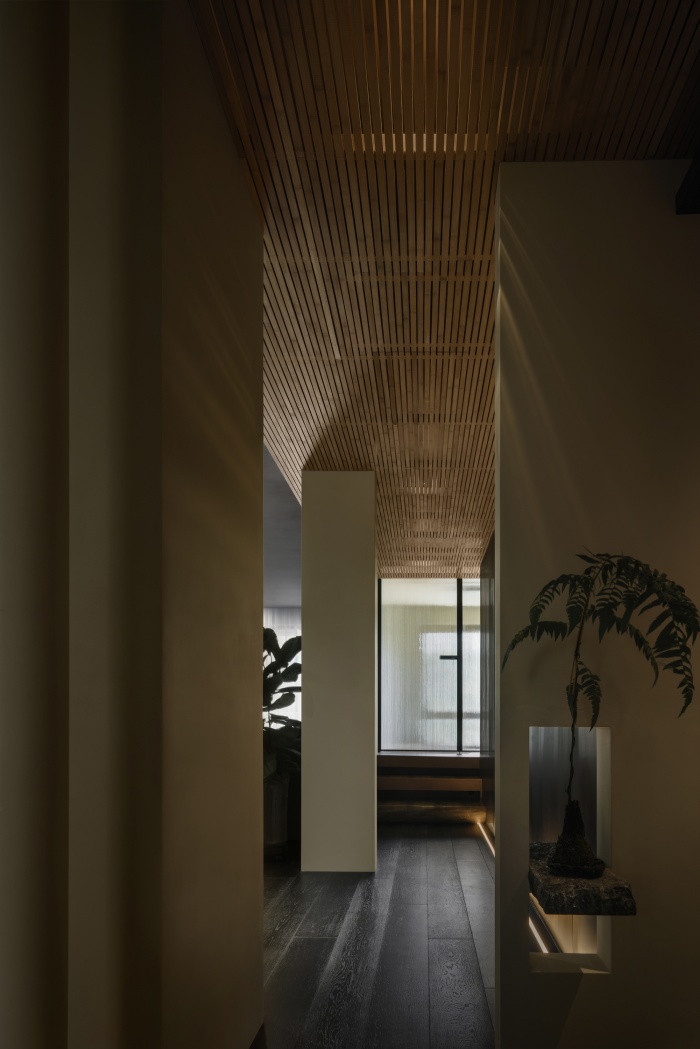

The lounge window additionally echoes with it within the form of a “column”, reconstructing the rhythm of the vertical partitions whereas guaranteeing transparency. Translucent blinds and barely protruding potted bamboo resemble a vivid ink wash portray.
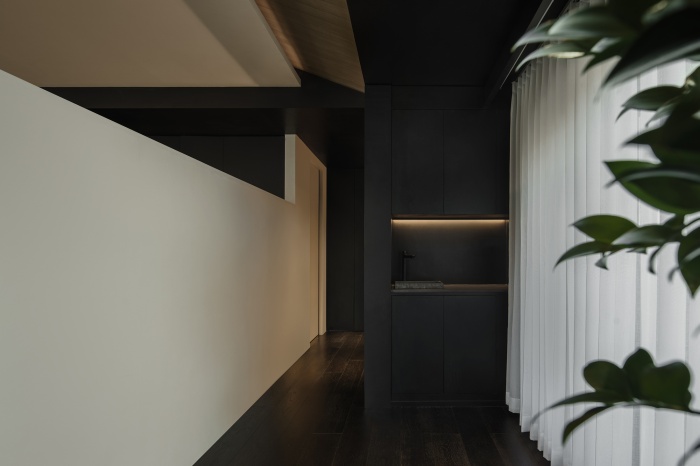

Stepping as much as the second ground, there’s a tea room the place individuals can sit on the ground and style tea. The shadow of bamboo and the perfume of tea fill the room, recreating the Tang Dynasty literati’ s coziness and pleasure of “having fun with Zisun tea underneath the bamboo with a gathering of minds of mates”.
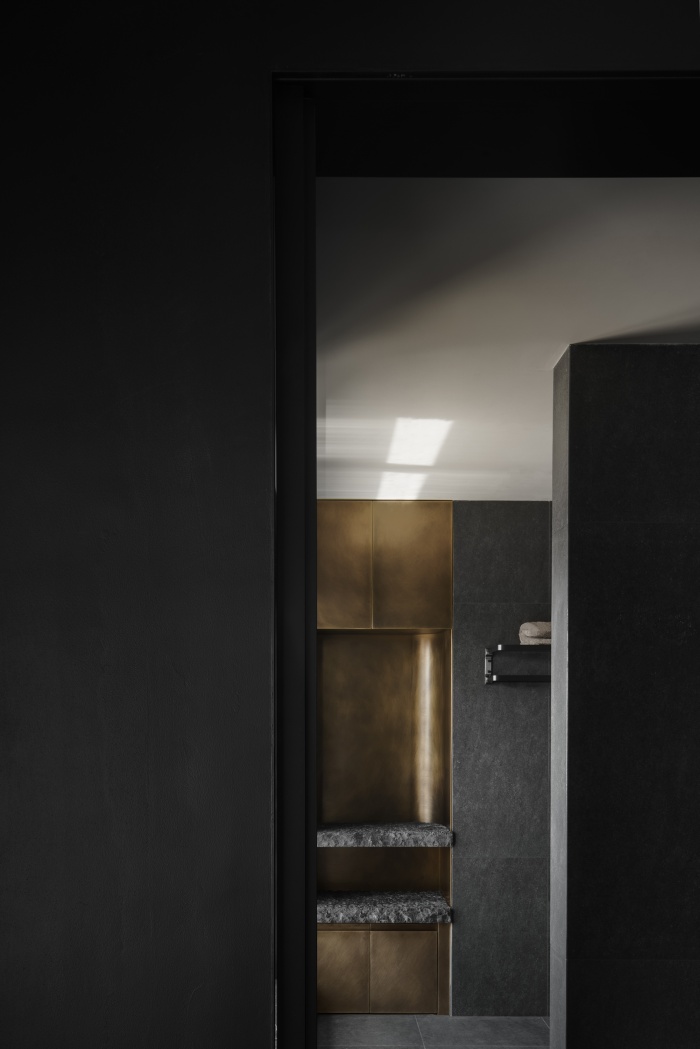

The ribbed glass in the main bedroom serves as a half-wall partition. It opens a brand new visible dimension vertically, making a diverting imaginative and prescient of indistinctness when somebody walks by. The indirect eaves, the round ceiling, and the vintage open cabinets, to some extent, are the extracts and translations of design language from historical structure and conventional dwelling areas.
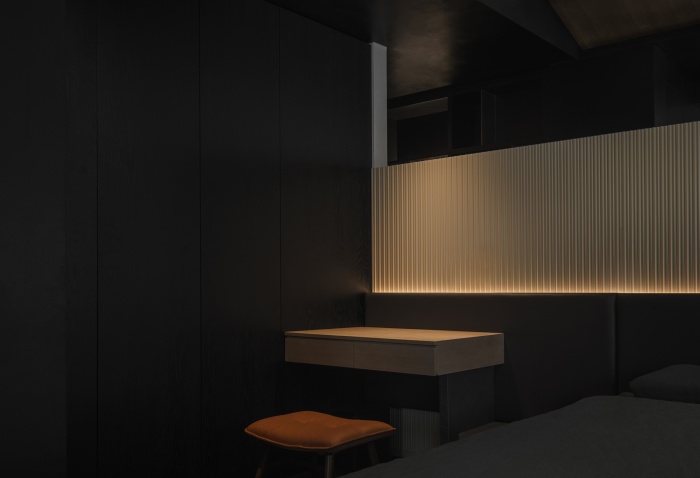

Underneath designer Cui Shu’s ingenuity, the Zijin No.1 Courtyard venture efficiently integrates the aesthetic idea of dwelling in mountain and bamboo into fashionable villa life, making a residence that blends classical allure and fashionable consolation.
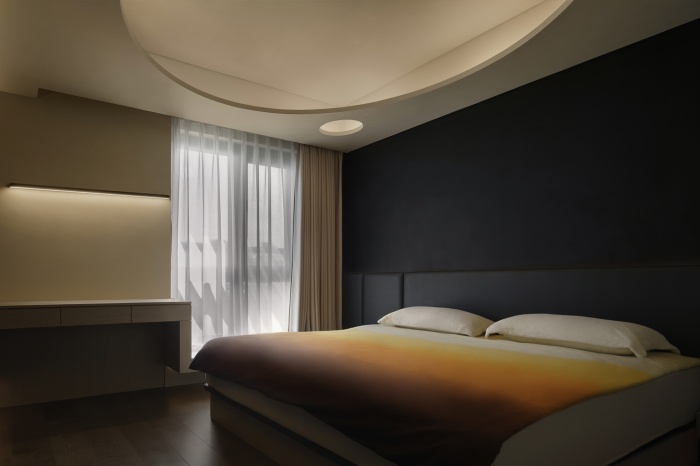

Each element, together with area, gentle and shadow, and supplies, reveals the designer’s craving for nature and a brand new interpretation of oriental philosophy. Such a residence not solely supplies the possibility to expertise the enjoyment of wandering by the area, but in addition realizes the best of integrating dwelling and wandering, nurturing each physique and thoughts.
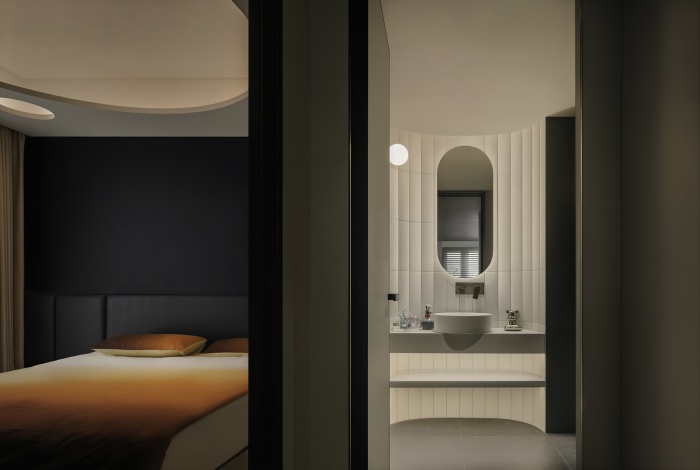

Mission Title: Bamboo Field; Mission Location: Daxing District, Beijing, China; Design Agency: Cun Design; Chief Designer: Cui Shu; Constructing Space: 450㎡; Design Time: February 2021; Completion Time: September 2023; Pictures: ICY WORKS;


Supply: Inside Zine

